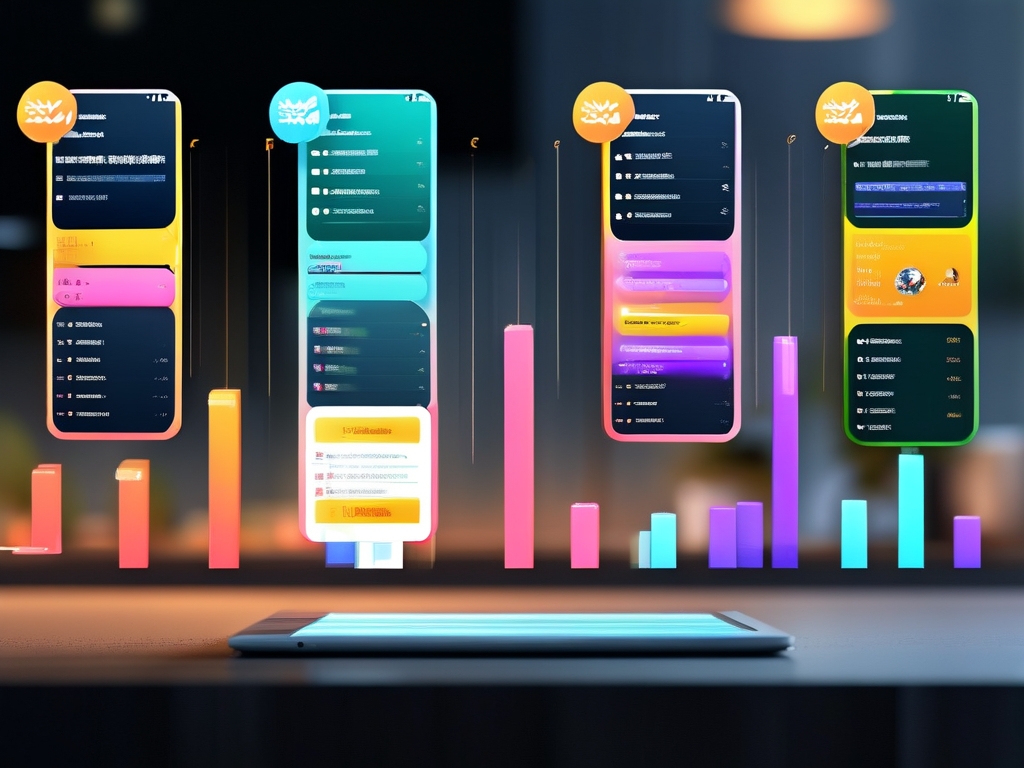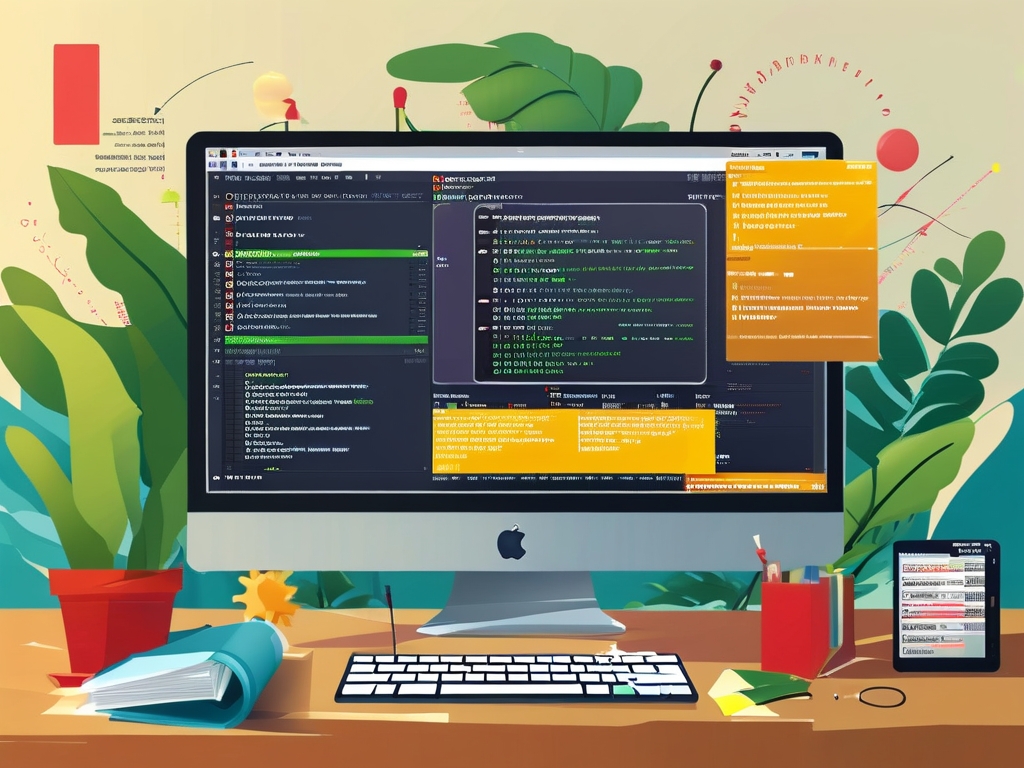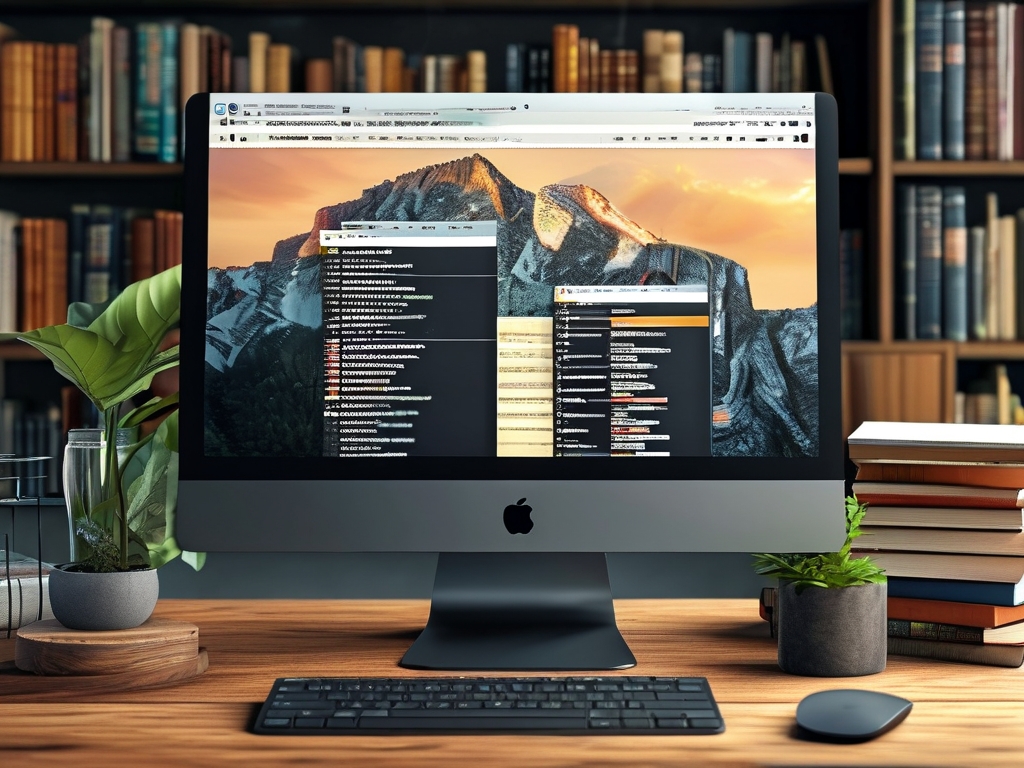In today’s tech-driven world, building applications that rely on databases is a critical skill for developers. Whether you’re creating a mobile app, a web platform, or desktop software, understanding how to integrate and manage databases is essential. This guide will walk you through the process of developing a database-driven app while incorporating tutorial videos to enhance learning. By the end, you’ll have a functional app and the tools to create engaging educational content for others.
1. Why Database Development Matters for Apps
Databases serve as the backbone of most modern applications. They store user data, manage transactions, and enable dynamic content delivery. For example, a social media app relies on databases to handle profiles, posts, and interactions. Without efficient database integration, apps would lack scalability, security, and responsiveness. Tutorial videos can demystify these concepts by visually demonstrating how databases interact with app interfaces.
2. Planning Your Database-Driven App
Before writing code, plan your app’s structure:

- Define Requirements: Identify what data your app needs to store (e.g., user credentials, product details).
- Choose a Database Type: Relational (e.g., MySQL, PostgreSQL) or NoSQL (e.g., MongoDB, Firebase).
- Select Tools: Pick a programming language (Python, JavaScript) and frameworks (Django, React Native).
A tutorial video at this stage could showcase tools like Figma for wireframing or Lucidchart for database schema design.
3. Setting Up the Database
Let’s assume you’re building a task-management app. Here’s how to set up a SQLite database (a lightweight option for beginners):
- Install SQLite or use a cloud-based service like Firebase Realtime Database.
- Design tables: Create a
Taskstable with columns likeTaskID,Title,DueDate, andStatus. - Use SQL commands or a GUI tool like DB Browser for SQLite to manage data.
A video tutorial here could demonstrate writing SQL queries or configuring Firebase authentication.
4. Developing the App Interface
Integrate the database with your app’s frontend:
- Mobile Apps: Use React Native or Flutter to build cross-platform interfaces.
- Web Apps: Leverage React.js or Vue.js for dynamic user experiences.
For example, in a React Native app:
- Create a form to add tasks.
- Use Axios or Fetch API to send data to a backend server.
- Display tasks in a list view pulled from the database.
A screencast showing how to connect UI components to API endpoints would be invaluable for visual learners.
5. Backend Development and API Integration
The backend acts as a bridge between the app and database. Build a RESTful API using Node.js (Express) or Python (Django):
- Set up endpoints like
/api/tasksto handle CRUD operations. - Use middleware for authentication (e.g., JWT tokens).
- Test endpoints with Postman before integrating them into the app.
A video tutorial could walk through writing server-side code and testing APIs with tools like Postman.
6. Security and Performance Optimization
Database security is non-negotiable:
- Encrypt sensitive data (e.g., passwords using bcrypt).
- Implement role-based access control.
- Use indexing to speed up database queries.
A video on security best practices, such as preventing SQL injection attacks, would help developers avoid common pitfalls.
7. Creating Tutorial Videos: Tools and Tips
To share your knowledge, create step-by-step videos:
- Recording Software: Use OBS Studio or Camtasia.
- Editing: Trim footage and add annotations with DaVinci Resolve or Adobe Premiere.
- Content Structure: Start with an overview, demonstrate each step, and summarize key takeaways.
For example, record yourself building a Firebase-powered app while explaining schema design and real-time updates.
8. Publishing and Promoting Your Tutorials
Host your videos on platforms like YouTube, Udemy, or a personal blog. Optimize for SEO:
- Use keywords like “database app tutorial” or “Firebase development guide.”
- Include timestamps and downloadable resources (e.g., GitHub code links).
Engage with viewers by answering questions in the comments and updating videos as tools evolve.
9. Case Study: Building a Fitness Tracking App
Apply what you’ve learned by creating a fitness app:
- Store workout routines and user progress in a PostgreSQL database.
- Develop a React frontend with charts to visualize data.
- Film a tutorial series covering everything from database setup to deployment.
This project reinforces practical skills and provides content for your portfolio.
10.
Database-driven app development is a blend of technical expertise and effective communication. By combining coding with tutorial videos, you not only build functional apps but also empower others to learn. Start small, iterate often, and document your journey—your next tutorial could inspire a future developer!
For hands-on practice, check out our sample project on GitHub and subscribe to our YouTube channel for weekly database development guides.










